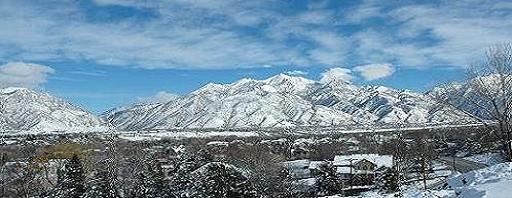|
Salt Lake City opposes the proposed Ski Interconnect and tunnels in the Wasatch Canyons
March 29, 2007
TheWasatch Canyon watersheds, located along the eastern border of Salt Lake County, provide a high quality source of water for over 400,000 people. Salt Lake City has historically protected these watersheds, understanding that water is critical to the City and State’s prosperity.
The U.S. Forest Service, Salt Lake County, Salt Lake Valley Health, and Salt Lake City Public Utilities manage the canyons, with an emphasis on stewardship of the ecological system and water quality. A balance has been established between protection and recreation and current master plans address the myriad of technical issues that maintain this balance, with a vision towards protecting the future of the Wasatch Canyons.
In the fall of 2006, a proposal was made to study and implement a ski interconnect with tunnels connecting the ski resorts in Park City, and Big and Little Cottonwood Canyons. A similar proposal had been discussed and studied in the late 1980’s but was rejected. Salt Lake City objects to the current effort to construct AltaBright Tunnel and CottonPark Interconnection proposal for the following reasons:
- With projected population growth, water is one of the most important issues facing the state. The value of the high quality water flowing from the Wasatch Canyons far outweighs the value of the interconnect proposal. In an era of smart growth, it is counterintuitive to destroy invaluable watershed.
- The U.S. Forest Service, Salt Lake City, and Salt Lake County, with jurisdiction over the Wasatch Canyons have adopted master plans as public policy, guiding ordinances and planning decisions.
- The construction of tunnels will interfere with existing water rights and the geological hydrology of the canyons. Furthermore, tunnels could affect existing springs and tunnels that provide water to local canyon residents and ski resorts.
- The interconnect proposal will create pressures for development resulting in urbanization of critical watershed areas within the canyons, bringing increased pollution, and erosion, which will reduce water supply and quality.
- The canyons have a carrying capacity, and the interconnect proposal will increase canyon usage, hastening the filling of that capacity, upsetting the delicate balance between watershed protection and recreational and other uses.
- Watersheds can be destroyed. In the early 1950s, human activities caused the deterioration of the City Creek Canyon watershed resulting in a polluted water supply, forcing the closure of the canyon nearly 15 years. This canyon still has restricted use.
The Wasatch Canyons are a precious resource. In the words of the past Utah Division of Natural Resources executive director Robert Morgan, “The watersheds are really ‘life sheds’ that sustain our existence and support our economy; we need healthy watersheds to protect the quality and quantity of our water.”
